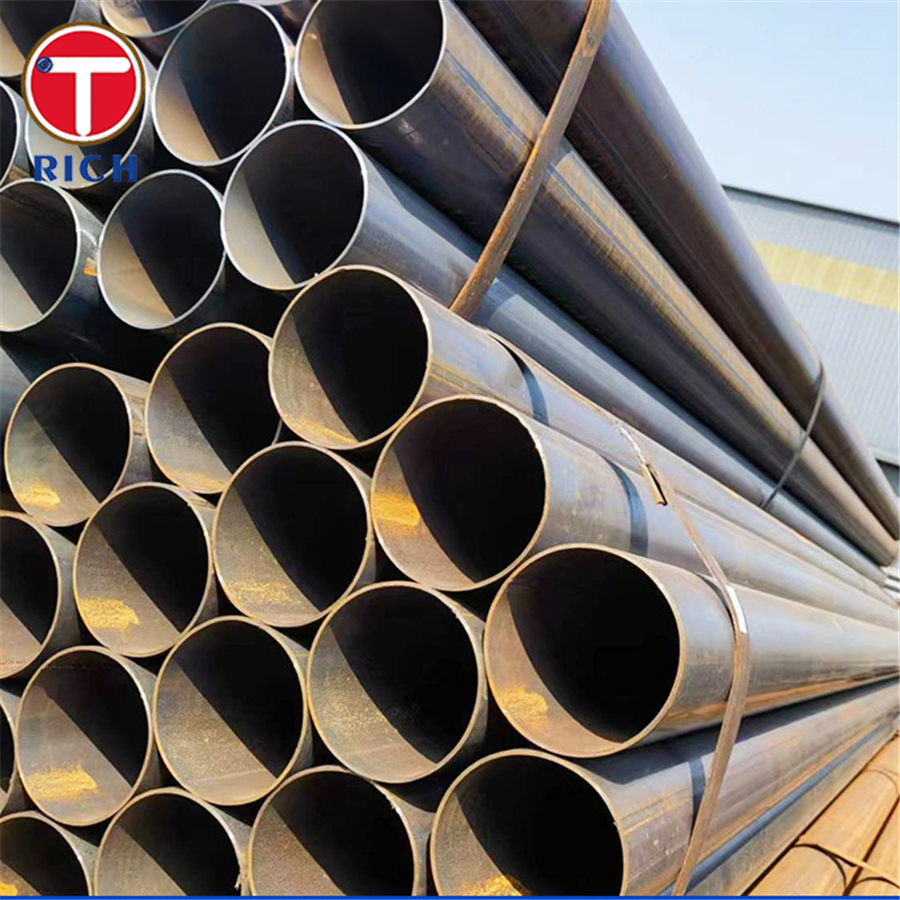
Mr. Richard SHEN
Leave a message
Mr. Richard SHEN
Leave a messageWelding pipe is a challenging task that requires skill, knowledge, and precision. Many individuals, both novice welders and seasoned professionals, often struggle with welding pipe due to its unique characteristics and complexities. In this article, we will explore three common questions that arise when considering the difficulty of welding pipe and provide answers to help draw a conclusion.
Welding pipe presents several challenges that differentiate it from welding other materials. One key factor is the circular nature of pipes, which requires welders to maneuver around the object while maintaining consistent weld quality. Additionally, pipe welding often involves thicker walls, placing greater demands on the welding equipment and techniques used. The different pipe materials, such as stainless steel or carbon steel, also require specific welding methods and expertise. These factors combined make welding pipe a more complex task than welding other materials.
To achieve successful pipe welding outcomes, welders need to possess certain essential skills and knowledge. Firstly, they must be proficient in accurate measuring and cutting to ensure precise fitting of the pipe components. Good spatial awareness and the ability to visualize the final welded joint are vital since pipe welding often involves working in confined spaces. Knowledge of welding techniques, pipe materials, and welding codes and standards is indispensable as well. Welders should also be able to interpret blueprints and understand welding symbols to accurately carry out their work.
Overcoming the challenges associated with pipe welding requires a combination of experience, training, and preparation. Experienced welders often recommend these strategies:
Diligent preparation: Adequate cleaning and beveling of the pipe ends, along with precise fitting and alignment, are crucial for successful pipe welding. Attention to detail during the preparatory phase significantly increases the chances of a satisfactory weld.
Proper joint fit-up: Achieving a tight fit between pipes reduces the risk of defects and ensures effective joint strength. Utilizing clamps, tack welds, or other positioning techniques can assist in holding the pipes in place during the welding process.
Specialized equipment: Employing tools and equipment specifically designed for pipe welding, such as TIG welding machines or orbital welding systems, can alleviate some challenges. These tools provide greater control, accuracy, and efficiency in the welding process.
Continuous learning: Pipe welding is a skill that improves with experience and ongoing education. Welders should seek opportunities to stay updated with the latest techniques, materials, and equipment related to pipe welding. This can be achieved through workshops, certification programs, online resources, or mentorship from seasoned professionals.


Privacy statement: Your privacy is very important to Us. Our company promises not to disclose your personal information to any external company with out your explicit permission.

Fill in more information so that we can get in touch with you faster
Privacy statement: Your privacy is very important to Us. Our company promises not to disclose your personal information to any external company with out your explicit permission.